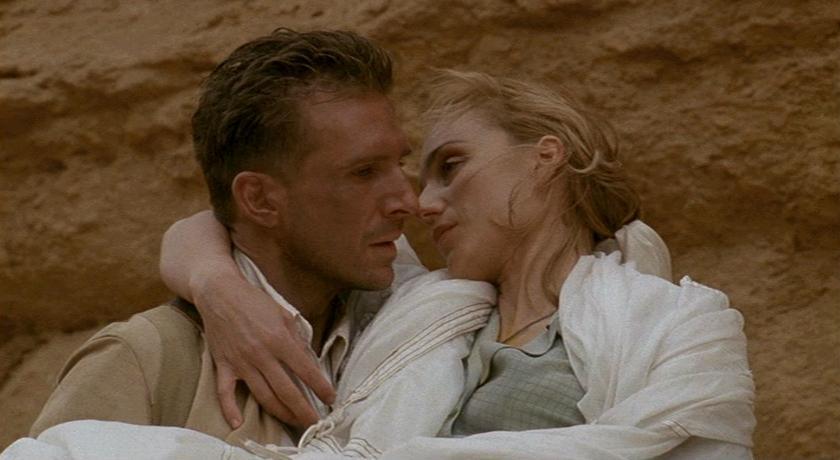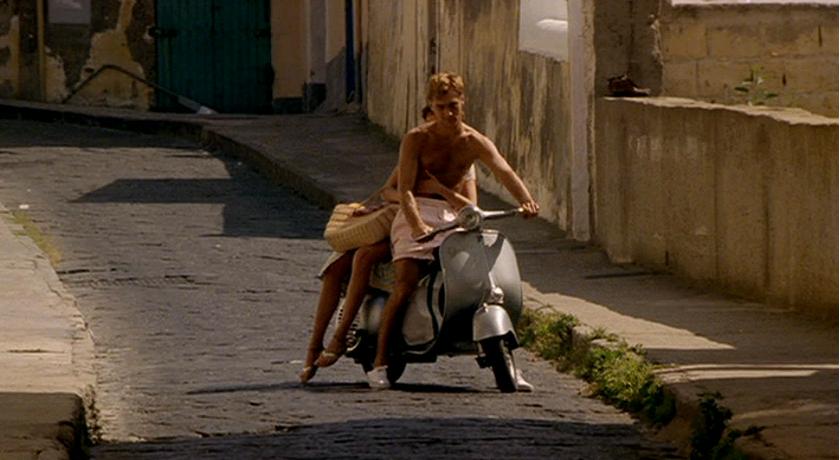
|
Rank /
Title /
Year | |
| 1 | 
|
| 2 | 
|
| 3 | 
|
| 4 | 
|
| 5 | 
|
| 6 | 
|
| 7 | 
|
| 8 | 
|
| 9 | 
|
| 10 | 
|
| 11 | 
|
| 12 | 
|
| 13 | 
|
| 14 | 
|
| 15 | 
|
| 16 | 
|
| 17 | 
|
| 18 | 
|
| 19 | 
|
| 20 | 
|
| 21 | 
|
| 22 | 
|
| 23 | 
|
| 24 | 
|
| 25 | 
|
| 26 | 
|
| 27 | 
|
| 28 | 
|
| 29 | 
|
| 30 | 
|
| 31 | 
|
| 32 | 
|
| 33 | 
|
| 34 | 
|
| 35 | 
|
| 36 | 
|
| 37 | 
|
| 38 | 
|
| 39 | 
|
| 40 | 
|
| 41 | 
|
| 42 | 
|
| 43 | 
|
| 44 | 
|
| 45 | 
|
| 46 | 
|
| 47 | 
|
| 48 | 
|
| 49 | 
|
| 50 | 
|
| 51 | 
|
| 52 | 
|
| 53 | 
|
| 54 | 
|
| 55 | 
|
| 56 | 
|
| 57 | 
|
| 58 | 
|
| 59 | 
|
| 60 | 
|
| 61 | 
|
| 62 | 
|
| 63 | 
|
| 64 | 
|
| 65 | 
|
| 66 | 
|
| 67 | 
|
| 68 | 
|
| 69 | 
|
| 70 | 
|
| 71 | 
|
| 72 | 
|
| 73 | 
|
| 74 | 
|
| 75 | 
|
| 76 | 
|
| 77 | 
|
| 78 | 
|
| 79 | 
|
| 80 | 
|
| 81 | 
|
| 82 | 
|
| 83 | 
|
| 84 | 
|
| 85 | 
|
| 86 | 
|
| 87 | 
|
| 88 | 
|
| 89 | 
|
| 90 | 
|
| 91 | 
|
| 92 | 
|
| 93 | 
|
| 94 | 
|
| 95 | 
|
| 96 | 
|
| 97 | 
|
| 98 | 
|
| 99 | 
|
| 100 | 
|
Former Entries | |
| X | 
|
| X | 
|
| X | 
|
| X | 
|
| X | 
|
| X | 
|
| X | 
|
| X | 
|
| X | 
|
| X | 
|
| X | 
|
|
Browse Films by Title / Year / Reviews Nick-Davis.com Home / Blog / E-Mail | |
|
#92: The English Patient and The Talented Mr. Ripley  Patient (USA/UK, 1996; dir. Anthony Minghella; cin. John Seale)
Patient (USA/UK, 1996; dir. Anthony Minghella; cin. John Seale)IMDb // My Page Ripley (USA, 1999; dir. Anthony Minghella; cin. John Seale) IMDb // My Page Anthony Minghella's The English Patient is a waning moon of a movie, full of terrible torture and recurrent explosions, but more powerful still in depicting the low sputtering of a candle, the dimming of a flashlight, the erosion of love, the wearing away of borders. The film's fundamental attitude, notwithstanding its multiple cataclysms and its memorable howls of bereavement, is of poignant, downcast serenity. Proceeding along a gossamer thread of slow fades and lingering dissolves, The English Patient doesn't plumb the horrors of war—the deaths, the displacements—so much as it radiates a pearly, sometimes choking sadness that is the plausible aftermath of war, but also of love, and even of life itself: a mournful tranquility with which we, like the world, absorb our shocks and weather our storms. Experiences, the terrible as well as the transcendent, disperse and ripple outward into the mundane and unknown. They melt each other's boundaries, even when we're working hard to distinguish them. Beauty and memory and knowledge recede even as they are awakened or unearthed. The morbid eventfulness of the opening scenes, full of rasping soldiers and felled planes and exploding landmines, sets up only a few of the maze-like inroads into the movie's concatenated narrative; more importantly, these scenes rush to provide a context for that mood of bruised, wistful grief that defines Michael Ondaatje's novel as well as Minghella's adaptation. The heart of the film, then, lies not in major story points but in seemingly ornamental shots like that of Juliette Binoche trimming her hair in the window of an abandoned monastery, or another in which she uses piles of books to fill the gaps in a decimated staircase. Later—though actually much earlier, in the film's serpentine temporal logic—when Ralph Fiennes' leonine Count Almásy and Kristin Scott Thomas' patrician adventurer Katharine Clifton are stranded inside a jeep during a terrible sandstorm, the emotional core of the scene is not the deep desperation of their circumstances, nor the lusty attraction blooming between them, nor even the inevitable chaos that will afflict their cohort once their affair begins. What that scene is really about is stealing a moment of unclaimed time, so that Almásy can tell this gilded beauty about the names of North African winds, and so she can hear him and be moved by what moves him. It is a rare, fleeting moment away from warmaking and mapmaking, away from worldly consequence, and it is precious for that very reason. Granted, the film does not always benefit from Minghella's taste for romantic projections or his fervently literary emotionalism. His best visual and tonal ideas arise in that opalescent monastery where Binoche takes care of Fiennes, but not so his most rigorous concentration on plot or character; in fact, Minghella quite defies the emphases in Ondaatje's novel and inflates the Almásy-Katharine liaison into an erotic reckoning so potent it's almost embarrassing. Other problems emerge from the clash of impulses between aestheticism and political anatomy, and from Minghella's vague, uneven management of key characters like Willem Dafoe's Caravaggio and Naveen Andrews' Kip. But if all of this makes The English Patient a film of moments more than a sturdy whole, the moments are often glorious, and even as I confess my awareness of the movie's limitations, I maintain that its blend of bathos, adventure, contemplation, and cosmetic luster remains hard to beat. Kristin Scott Thomas fuses sexiness and intelligence in such layered, fascinating ways that she almost single-handedly validates the film's entire project of eroticizing ideas (or is it of intellectualizing eros?). Binoche finds an ideal film and character for her translucent style of acting; her early reading of the line "I don't know anything" tells you all you need to know about the character. The sound design is dense and often pristine, doing just as much as Stuart Craig's excellent production design and Ann Roth's typically subtle costumes to mask the film's low budget and, better, to foster its ambitions.  Three years later, Minghella returned with another prestige literary adaptation, and this time he had more money to throw
around. But beyond being even more plushly outfitted than its predecessor, The Talented Mr. Ripley is in nearly every
respect the more impressive, surprising film. Minghella tinkers with Highsmith even more than he did with Ondaatje, but
rather than bend the material in more conventional directions as he did in The English Patient, he warps and weaves
Ripley into an object of even more sidewinding, epicurean perversity than the novel is. Where The English Patient
is suffused with death and immersed in the impermanence of things, The Talented Mr. Ripley has the guts as well as the
chops to turn a story about killing into a parable of invention, of production, illuminating not just how Tom Ripley turns himself
into someone else, but how each new imposture and each new murder actually creates something new—a new sense of who and
what Tom is, of who and what he craves, of where he is going, of what he has been up to all along, of what the world must be,
at essence, if Tom and his story are possible. Even though we, unlike any of the characters, know what Tom is doing and how he's managing it (often barely),
we still end the film with an uncanny sense of several Toms existing, of not knowing where or how to fix him, of not quite believing
there is only one Tom. And unlike The English Patient, the film takes perfect measure of every character and performance.
Cate Blanchett's heartbreakingly gauche heiress and Jude Law's apollonian narcissist are the crowning glories, though
Gwyneth Paltrow's seething anger at being so constantly abandoned, underestimated, and ungratified is a more impressive acting
achievement than most reviewers admitted. I saw The English Patient four times in the theater, besotted by its conception
and by the pure beauty of how it looked and sounded; Ripley, though, is the film I now dip into more often, and the one from which
I learn more. Both films offer enticing signs that all is not lost in the territory of the upscale period drama, and that
even within our illiterate age, ardent booklovers can both make and enjoy spectacular films.
Three years later, Minghella returned with another prestige literary adaptation, and this time he had more money to throw
around. But beyond being even more plushly outfitted than its predecessor, The Talented Mr. Ripley is in nearly every
respect the more impressive, surprising film. Minghella tinkers with Highsmith even more than he did with Ondaatje, but
rather than bend the material in more conventional directions as he did in The English Patient, he warps and weaves
Ripley into an object of even more sidewinding, epicurean perversity than the novel is. Where The English Patient
is suffused with death and immersed in the impermanence of things, The Talented Mr. Ripley has the guts as well as the
chops to turn a story about killing into a parable of invention, of production, illuminating not just how Tom Ripley turns himself
into someone else, but how each new imposture and each new murder actually creates something new—a new sense of who and
what Tom is, of who and what he craves, of where he is going, of what he has been up to all along, of what the world must be,
at essence, if Tom and his story are possible. Even though we, unlike any of the characters, know what Tom is doing and how he's managing it (often barely),
we still end the film with an uncanny sense of several Toms existing, of not knowing where or how to fix him, of not quite believing
there is only one Tom. And unlike The English Patient, the film takes perfect measure of every character and performance.
Cate Blanchett's heartbreakingly gauche heiress and Jude Law's apollonian narcissist are the crowning glories, though
Gwyneth Paltrow's seething anger at being so constantly abandoned, underestimated, and ungratified is a more impressive acting
achievement than most reviewers admitted. I saw The English Patient four times in the theater, besotted by its conception
and by the pure beauty of how it looked and sounded; Ripley, though, is the film I now dip into more often, and the one from which
I learn more. Both films offer enticing signs that all is not lost in the territory of the upscale period drama, and that
even within our illiterate age, ardent booklovers can both make and enjoy spectacular films. |
| Permalink | Favorites | Home | Blog |